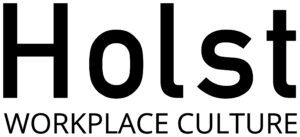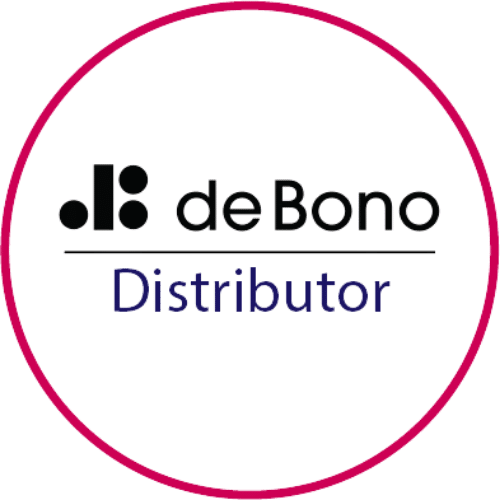As with self confidence, self-esteem is often misunderstood. It can easily be confused with the perception that only loud, dominant and perhaps arrogant individuals have self-esteem. However, this power skill dimension is much more nuanced.

Self-esteem is a dimension of resilience. Resilience is one of those soft skills that has been traditionally difficult to quantify, measure and therefore strategically improve. Instead it has been the convention to judge an individual‘s resilience by their outward appearance in the workplace. This is often little more than a veneer, an illusion of resilience that can be dangerously brittle when the going gets really tough.
Resilience is based on six key dimensions or power skills that anyone can exhibit and develop:
- Perseverance
- Adaptability
- Assertiveness
- Optimism
- Unbiased
- Self-Esteem
Resilience: the capacity to recover quickly from difficulties.
flowprofiler®
Resilience is not about being single minded and determined. It is often quite the opposite, requiring adaptability and to be unbiased, objective and rational. To be able to recognise one’s own strengths (and have the strength to objectively accept weaknesses), flex when necessary and have the sense of internal worth and clear purpose that is required to achieve goals. This is self-esteem.
People who have ‘flow zone’ or optimal self-esteem will have high regard for their own self-worth. They understand their place in the world and are comfortable with it. In social and workplace situations they are able to speak well of themselves, but not to the detriment of others. They can focus on the aspects of their character and personal/professional skill set that they consider to be their best qualities.
Develop self-esteem with greater self-awareness
As with all the power skills dimensions of emotional intelligence, resilience and motivation, self-esteem can be nurtured and developed. It requires greater self-awareness and support through assessment training and coaching to replace negative behaviours with positive alternatives.
An individual’s self-esteem sits on a sliding scale from under use through solid base, flow zone and into overuse. Self awareness helps that individual to recognise where they sit on the scale and what they can do to achieve or maintain the ultimate state of ‘flow’.
Perhaps when overusing self-esteem, an individual will communicate in an attention seeking manner, over-egging their achievements and dominating the room with the full force of their innate personality. Obviously this can inhibit others to speak or create unhealthy competition from others with a similar need for limelight. These people should be encouraged to think differently, to consciously allow space and time for others to contribute. Their personality will not change, but they can learn the skills to comfortably adjust their responses in a way that is appropriate. Someone who tends to overuse their self-esteem can actually be valuable in helping to spread some of that power skill around the team and actually feel really good about themselves while doing it. Thereby using their self-esteem constructively for the benefit of the team.
Self-esteem is based on a sense of internal worth. Where this is lacking, it can be easy for the individual to fall into the trap of lashing out, using ultra-controlling behaviour and overcompensating for the lack of true self-belief. This is very damaging in teams. Often the weakest leaders are those who display aggressive tactics to mask their weaknesses. This is often where we sadly see people leave because of their manager, not because of the organisation or role.
It’s important to recognise that speaking positively about oneself does not equate with arrogance or boastfulness. Speaking positively about oneself can be inclusive and encourage confidence from others. We all want to work for somebody who genuinely believes in themselves and us, not someone who is trying to persuade themselves of their internal worth and in the process seeks to do others down in order to justify their own position.
So what about those who under use this self-esteem? They are typically labelled as lacking confidence or belief in their abilities and left to one side. They get sidelined for promotion and not included in the succession planning strategy. Yet these people could well have the skills and expertise that with support could enable your organisation to flourish. This is especially the case in small teams and organisations where everyone really needs to muck in and pull their weight to the very best of their ability. There may not be enough budget to hire a new team member, and there may not even be sufficient work to justify a new hire, particularly in uncertain and straitened times. However, by investing to make the most out of what you’ve already got, organisations can radically develop existing people with little of the risk of new hires.
flowprofiler® dimension lab | Self-Esteem
In the flowprofiler® dimension lab | Self-Esteem, you will learn more about your self-esteem and the self-esteem of those around you. You’ll gain valuable insights in how to make effective changes that bring positive outcomes in your workplace relationships. With greater self-esteem you will be better able to prevent burnout and anxiety, among other workplace stresses.
Take the resilienceflow® assessment and join us for one hour to make positive changes that will help to develop your self esteem.
Register your interest for upcoming flowprofiler® dimension labs here:
flowprofiler® and associated marks are registered trademarks of Chalmers International Limited | All rights reserved
eqflow® and associated marks are registered trademarks of Chalmers International Limited | All rights reserved
resilienceflow® and associated marks are registered trademarks of Chalmers International Limited | All rights reserved
motivationflow® and associated marks are registered trademarks of Chalmers International Limited | All rights reserved





